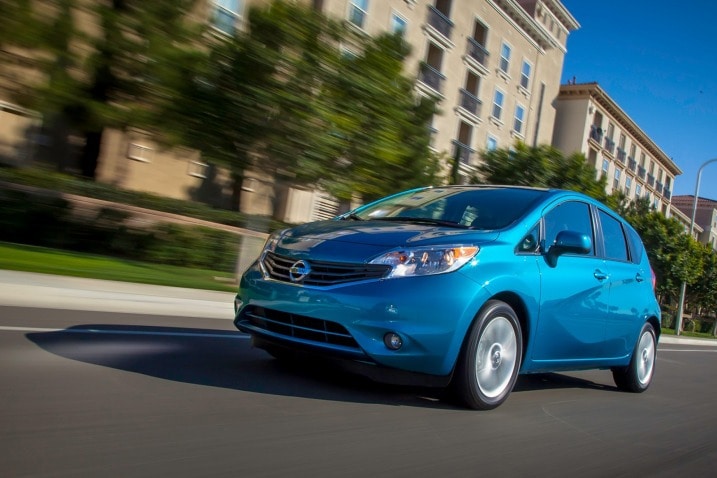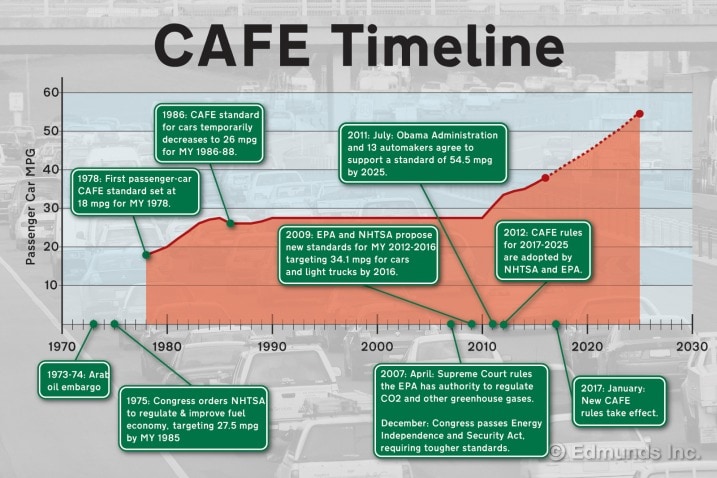Q: Do all automakers have to meet the same target?
A: No.
The government sees this as an industry-wide standard, meaning that regulators are concerned about the entire fleet of vehicles.
Carmakers whose fleets are already known for their thrift in fuel consumption must continuously improve in CAFE terms, reaching higher goals than those automakers whose vehicles currently do not have a stellar mpg reputation. (No points awarded for prior good fuel economy performance, in other words.) Here's what NHTSA has said about this in its own documents.
"The law permits CAFE standards exceeding the projected capability of any particular manufacturer as long as the standard is economically practicable for the industry as a whole. Thus, while a particular CAFE standard may pose difficulties for one manufacturer, it may also present opportunities for another.
"The CAFE program is not necessarily intended to maintain the competitive positioning of each particular company. Rather, it is intended to enhance fuel economy of the vehicle fleet on American roads, while protecting motor vehicle safety and being mindful of the risk of harm to the overall United States economy."
Q: Can carmakers "game" the CAFE system?
A: Where there's a will there will be a way, but the new rules make it a lot more difficult.
There's no question that CAFE is extremely complex. It has a wide variety of credits, and its regulations divide vehicles into multiple categories, each with a different annual goal. In the past that's made it possible for a manufacturer to upsize or downsize a particular vehicle in order to move it into a "better" category, although there have been relatively few cases of that happening.
Now, under the new program, the categories are based on the vehicle's footprint. It's an expensive engineering undertaking to make a significant change in footprint, and NHTSA made sure that the incremental reductions in fuel-economy requirements would be so small that it would not be economical for an automaker to merely step up one or two footprint sizes.
The cost of stretching footprints beyond that would be far greater than the benefit an automaker would receive from the resulting reduction in a miles-per-gallon goal, the agency says.
NHTSA also changed the way cars and trucks are defined, so it is no longer possible to turn a car into a truck and get a lower CAFE goal for it by simply flattening the load floor. That's what Chrysler did with the PT Cruiser several years ago.



 by
by 


